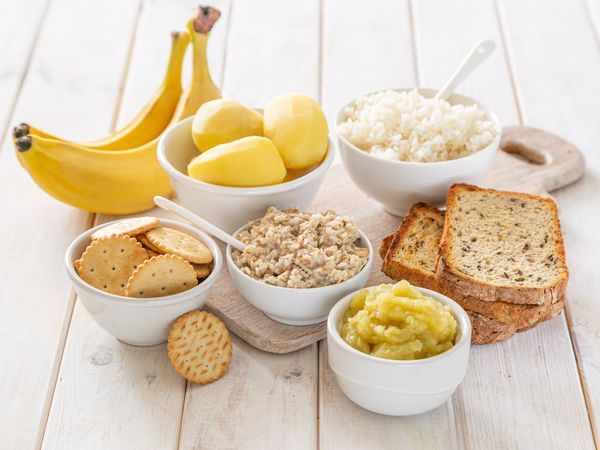The bland diet is also known as the BRAT diet, which stands
for Bananas, Rice, Applesauce, and Toast.
What if you were forced to eat bananas, rice, applesauce,
and toast for the rest of your life? You can do it using the BRAT diet. This
diet, often known as the bland diet, is frequently suggested by doctors for
children, infants, and diarrhoea patients. But how safe is this eating plan?
The following are some of the advantages of the BRAT diet:
This diet includes of foods that are easily digestible,
making it a good choice for other illnesses that affect the digestive system.
When it comes to food, people who have had accidents,
operations, children, new-borns, and the elderly frequently experience
digestive distress. They can, however, maintain their calorie and nutrition
intake by following a BRAT diet.
Also read: Jeffree Star introduces his skincare brand in YouTube video. Watch
Diarrhoea needs extra dietary attention since the
requirement to manage fluid loss from the body becomes critical. Because this
diet is low in fibre, it may aid in the production of firmer stool.
Although specialists do not advocate it for long-term use,
because it is low in fat and calories, it may help with weight loss.
This feed is bland and has a weak smell. This makes it safe
for persons who have issues that include nausea, headaches, or vomiting to
consume.
The BRAT diet is designed to help people with digestive
problems.
The following are the risks of the BRAT diet:
Since it is poor in fibre, protein, fat, calcium, and other
key elements, the BRAT diet may not be able to meet the body’s nutritional
needs.
Also read: Drink up! Buttermilk recipe to aid digestive issues and lower cholesterol
Because the BRAT diet is low in fibre and water, it is not
suggested for long-term use because it might cause energy loss and dehydration.
When someone is suffering from an illness or virus, the BRAT
diet can cause nutritional imbalances and malnutrition, which can make recovery
more difficult.







